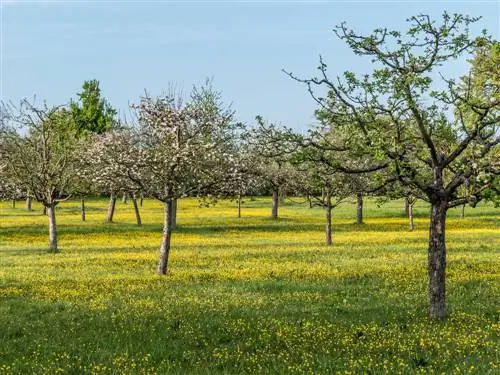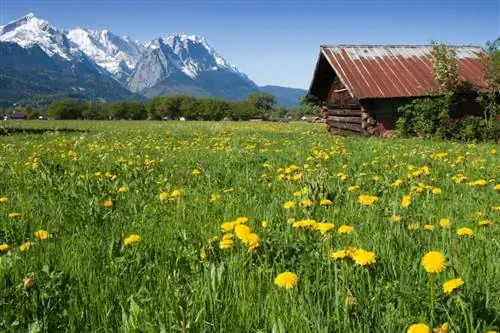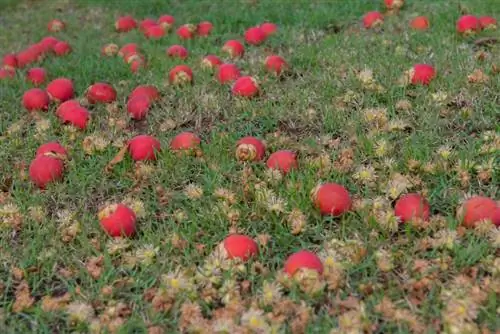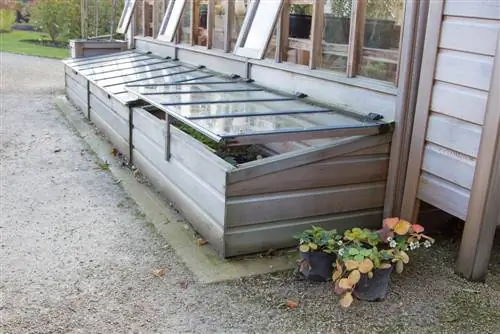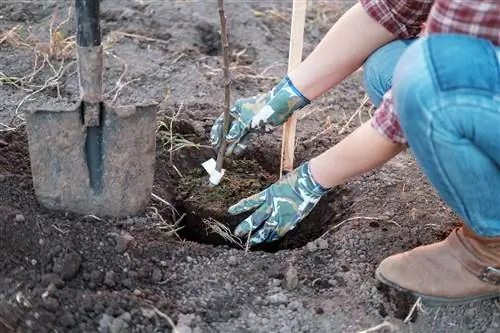- Author admin [email protected].
- Public 2023-12-16 16:46.
- Last modified 2025-06-01 06:02.
A little out of fashion, Balkan hogweed is one of the ornamental plants that has now become rare in our gardens. Non-poisonous because, according to the German name, it is related to the giant hogweed (Heracleum mantegazzianum), which causes severe skin burns, and enchants with its ornamental inflorescences. These served as inspiration for the Corinthian acanthus capitals by ancient Greek artists.
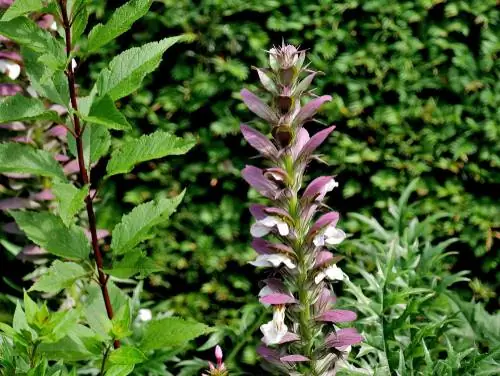
What are the properties and care instructions for Balkan hogweed?
The Balkan hogweed (Acanthus hungaricus) is an impressive ornamental plant from southeastern Europe that is well hardy with its ornamental inflorescences and arching habit. The plant prefers nutrient-rich, loose soil, sunny to partially shaded locations and can also cope with dry conditions.
Plant profile:
- Botanical name: Acanthus hungaricus
- Order: Mint family (Lamiales)
- Genus: Acanthus (Acanthus)
- Family: Acanthaceae - Acanthus family
- Growth: Arching, spreading, clump-forming
- Growth height: 40 - 100 centimeters
- Growth width: 80 - 100 centimeters
- Main flowering period: July - August
- Leaf: Strong green, shiny, pinnate, broadly lanceolate, leaf margin lobed
- Flower: Simple, very large (over 10 centimeters) with typical lip shape
- Flower shape: Grape-shaped
- Flower color: Whitish pink
- Fruits: capsules
Special features:
- Good hardy
- Grateful cut flower.
- Also suitable as a potted plant for balconies and terraces.
Origin
As the name suggests, this impressive ornamental plant comes from southeastern Europe, where it can be found in temperate regions, for example in sparse forests and on dry stone slopes.
Location and care
Hungarian hogweed prefers a sunny to partially shaded location. It is well suited for planting under deciduous trees where the light caresses it in spring. Summer shadows through the leaves do not harm it. Against the dark green backdrop, the impressive inflorescences are particularly attractive.
Floor
Acanthus perennials require nutrient-rich, deep but loose soil. You can mix heavily compacted substrate with sand to ensure optimal conditions.
Watering and fertilizing
Hungarian hogweed prefers moist soils without waterlogging. However, the plant also copes well with drier conditions. Depending on the location, you should still water additionally on hot summer days.
There is hardly any need to fertilize, it is enough to provide Acanthus with a little ripe compost (€43.00 on Amazon) and/or horn shavings in the spring.
Attractive winter beauty
The seed heads are very stable and look extremely pretty when covered in hoarfrost and snow. Therefore, do not cut Acanthus back in autumn, but only shortly before it sprouts.
Tip
When planting, remember that Balkan hogweed grows clumps and spreads. For this reason, keep a minimum distance of 70 centimeters from other plants. It develops most beautifully when you give it a place where it can spread out and grow undisturbed.


